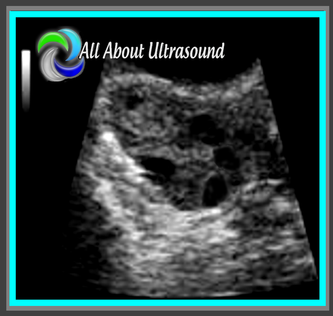 2. Scanning and trying to find those ovaries can prove to be a challenge with a pregnant uterus! Even though it is not our focus, we can’t forget those ovaries! Making sure to image those along with the uterus and fetal images will ensure that you’re not missing potential pathology, but it can definitely be tough with that pregnant uterus in the way. Best methods are to bring the transducer laterally to the patient’s side and to scan in a transverse plane along the lateral side of the uterus, starting pretty high up and moving down toward the patient’s cervix. That transverse plane will give you an increased field of view and will allow you to identify structures more easily.
16 Comments
For our OB/GYN Sonographers: How do you handle it when parents-to-be are so focused on the gender of their baby that they forget they are having their ultrasound to determine the health of their baby? So many times parents can be so excited and only want to know the sex of their baby. This can make it difficult to focus on the anatomical survey you as the sonographer are there to perform. How do you handle this professionally? Also, for those times when there is actually something wrong with the baby, then what? How do you maintain your professionalism as a sonographer, but still make it clear that your focus is not the baby's gender?
|
Details
Making Waves™All About Ultrasound presents Making Waves™, our ultrasound specific blog and newsletter. Join us here for ultrasound news, cases and more! Don't FORGET YOUR MERCH!Archives
May 2023
Categories
All
|

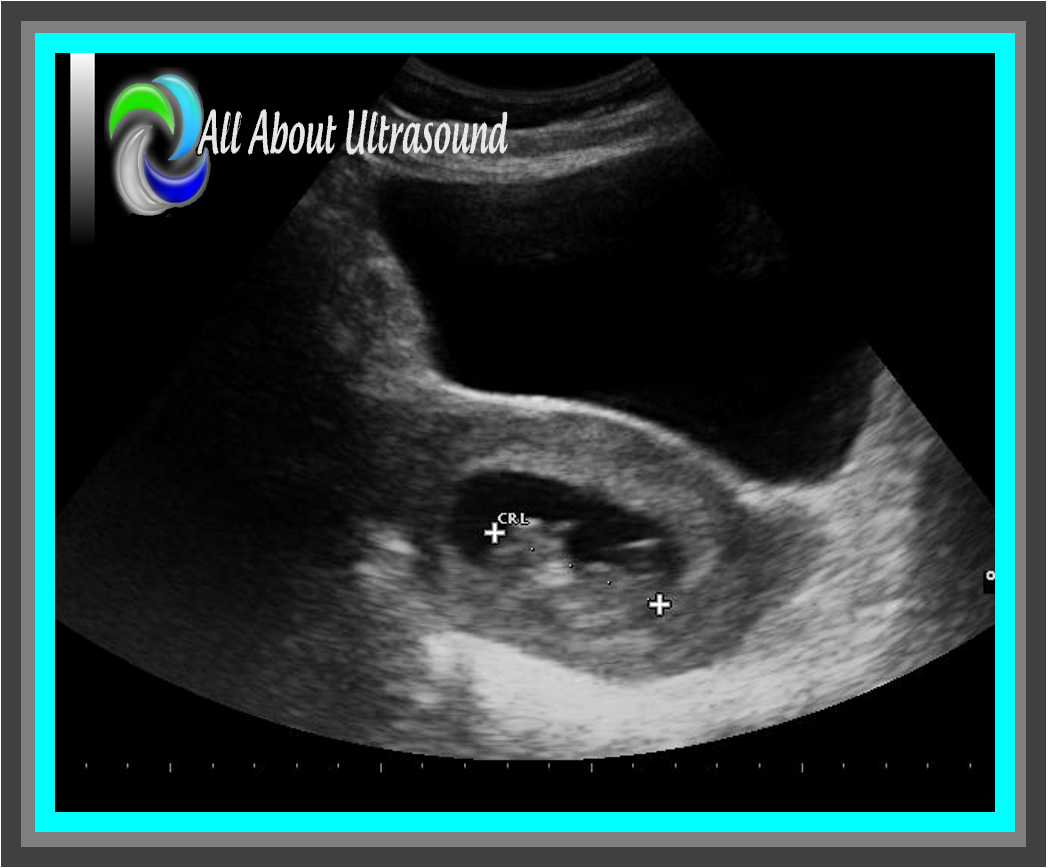
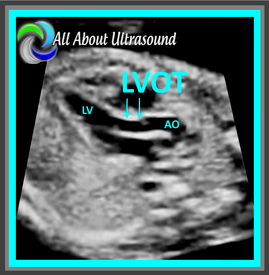
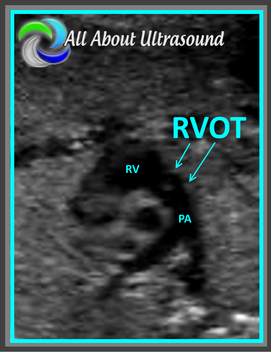
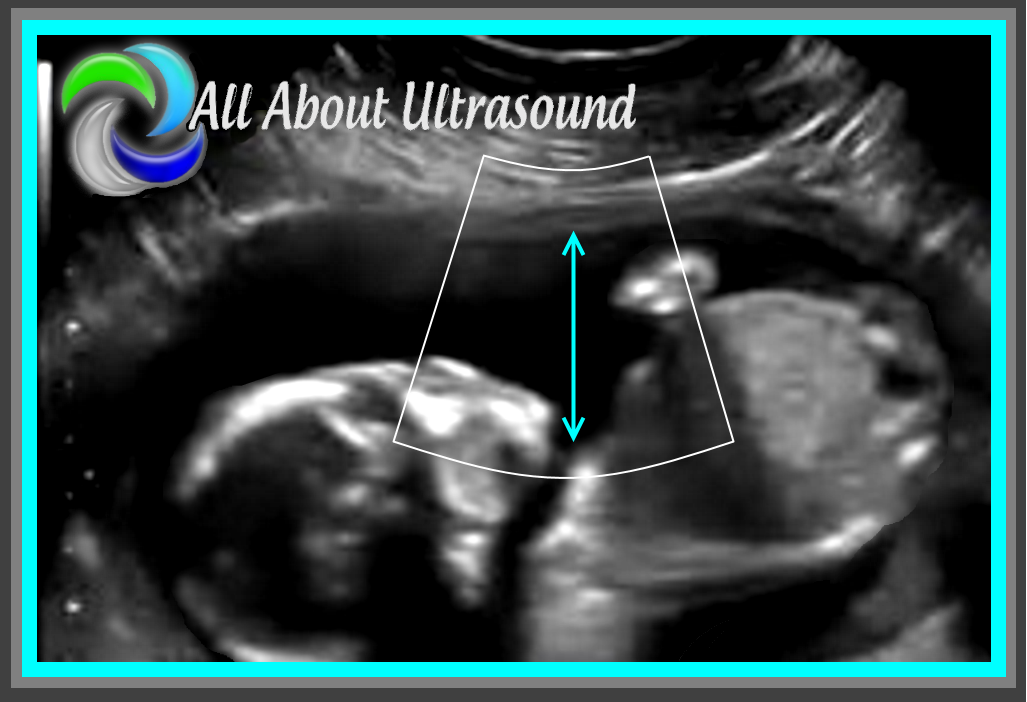
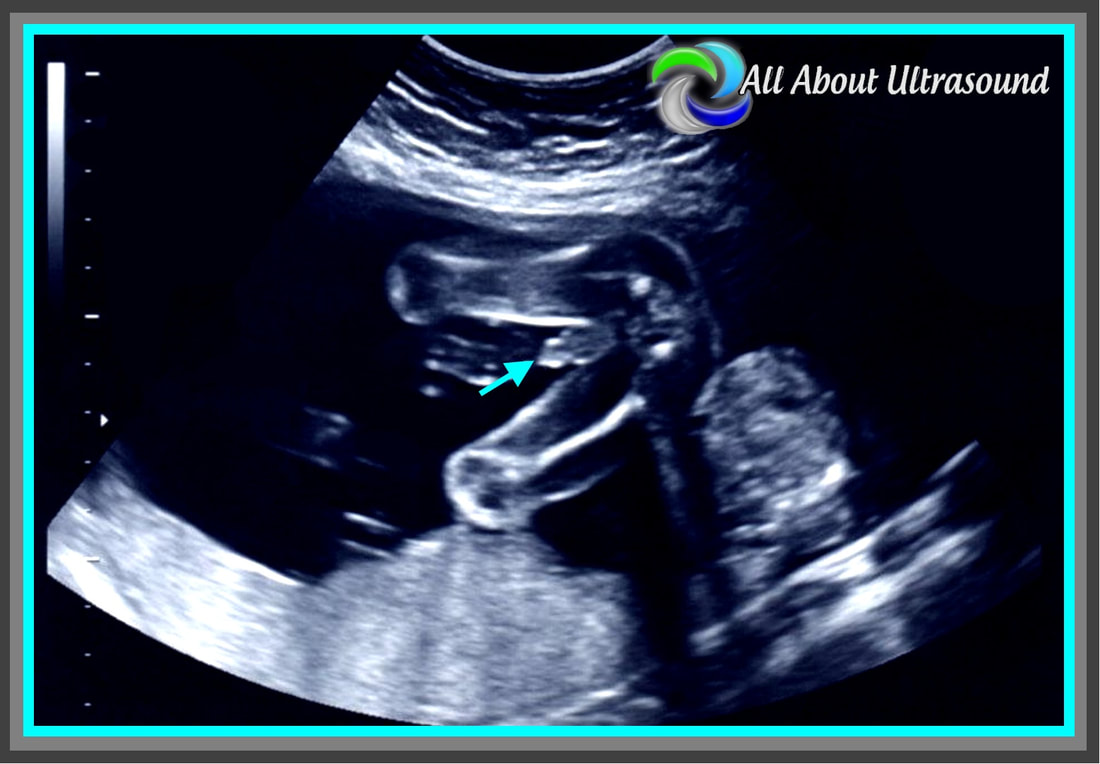



 RSS Feed
RSS Feed